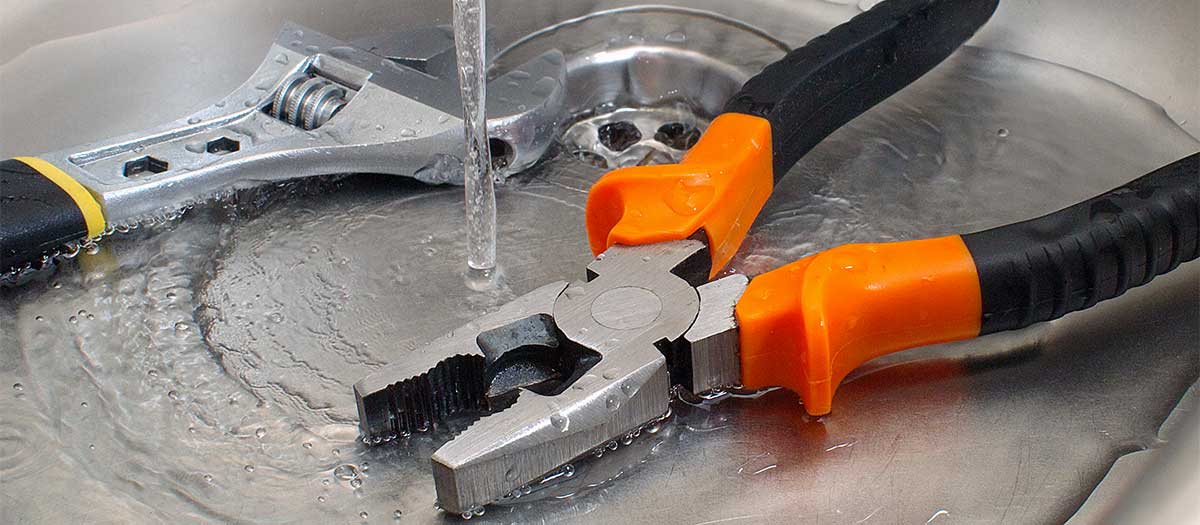They are making several good pointers relating to Hacks to detect leaks overall in this post further down.

Early discovery of dripping water lines can mitigate a prospective catastrophe. Some little water leaks may not be noticeable.
1. Examine the Water Meter
Every home has a water meter. Examining it is a guaranteed way that helps you discover leaks. For starters, turn off all the water sources. Make certain nobody will flush, make use of the tap, shower, run the washing machine or dishwasher. From there, most likely to the meter and watch if it will certainly change. Given that nobody is using it, there need to be no movements. If it moves, that suggests a fast-moving leak. Also, if you identify no changes, wait an hour or 2 and inspect back once more. This suggests you may have a slow leakage that could even be underground.
2. Check Water Usage
Evaluate your water costs and track your water usage. As the one paying it, you must notice if there are any discrepancies. If you find sudden changes, despite your usage coinciding, it indicates that you have leaks in your plumbing system. Remember, your water costs ought to fall under the very same variety every month. A sudden spike in your expense indicates a fast-moving leakage.
A steady increase every month, even with the very same habits, shows you have a sluggish leakage that's additionally gradually rising. Call a plumber to extensively examine your building, especially if you feel a warm area on your floor with piping underneath.
3. Do a Food Coloring Test
When it concerns water usage, 30% comes from bathrooms. Examination to see if they are running appropriately. Decrease specks of food shade in the container as well as wait 10 minutes. If the color somehow infiltrates your dish during that time without flushing, there's a leak in between the tank and also dish.
4. Asses Outside Lines
Do not fail to remember to examine your outdoor water lines as well. Ought to water seep out of the connection, you have a loosened rubber gasket. One little leakage can throw away lots of water as well as increase your water bill.
5. Evaluate and Evaluate the Scenario
Homeowners need to make it a behavior to examine under the sink counters and also also inside cupboards for any kind of bad odor or mold and mildew growth. These two red flags indicate a leakage so prompt focus is required. Doing routine inspections, also bi-annually, can save you from a significant issue.
More significantly, if you understand your house is already old, keep a watchful eye on your heaters, hoses, pipes etc. Look for discolorations and also damaging as the majority of pipelines as well as appliances have a life expectancy. They will also naturally deteriorate because of damage. If you believe leaking water lines in your plumbing system, do not wait for it to escalate. Call an expert plumber immediately so you don't wind up with a terrible mess in your house.
Early discovery of dripping water lines can mitigate a potential catastrophe. Some little water leaks may not be visible. Checking it is a surefire means that assists you uncover leakages. One little leak can throw away tons of water as well as spike your water costs.
If you believe dripping water lines in your plumbing system, do not wait for it to rise.
WARNING SIGNS OF WATER LEAKAGE BEHIND THE WALL
PERSISTENT MUSTY ODORS
As water slowly drips from a leaky pipe inside the wall, flooring and sheetrock stay damp and develop an odor similar to wet cardboard. It generates a musty smell that can help you find hidden leaks.
MOLD IN UNUSUAL AREAS
Mold usually grows in wet areas like kitchens, baths and laundry rooms. If you spot the stuff on walls or baseboards in other rooms of the house, it’s a good indicator of undetected water leaks.
STAINS THAT GROW
When mold thrives around a leaky pipe, it sometimes takes hold on the inside surface of the affected wall. A growing stain on otherwise clean sheetrock is often your sign of a hidden plumbing problem.
PEELING OR BUBBLING WALLPAPER / PAINT
This clue is easy to miss in rooms that don’t get much use. When you see wallpaper separating along seams or paint bubbling or flaking off the wall, blame sheetrock that stays wet because of an undetected leak.
BUCKLED CEILINGS AND STAINED FLOORS
If ceilings or floors in bathrooms, kitchens or laundry areas develop structural problems, don’t rule out constant damp inside the walls. Wet sheetrock can affect adjacent framing, flooring and ceilings.
https://www.servicemasterbyzaba.com/blog/how-to-detect-water-leakage-in-walls/

As an enthusiastic person who reads on Finding hidden leaks, I imagined sharing that piece of content was a great idea. So long as you enjoyed reading our post please do not forget to share it. I am grateful for your time. Visit again soon.